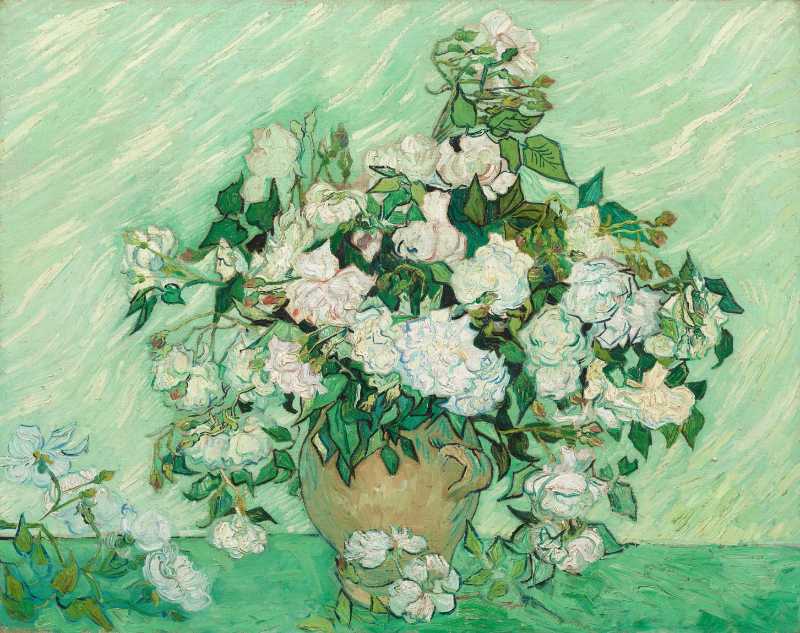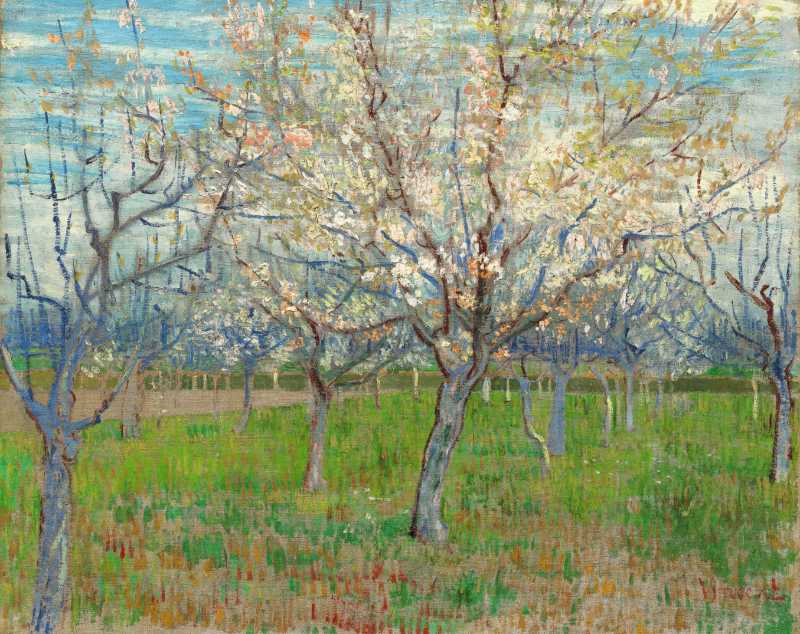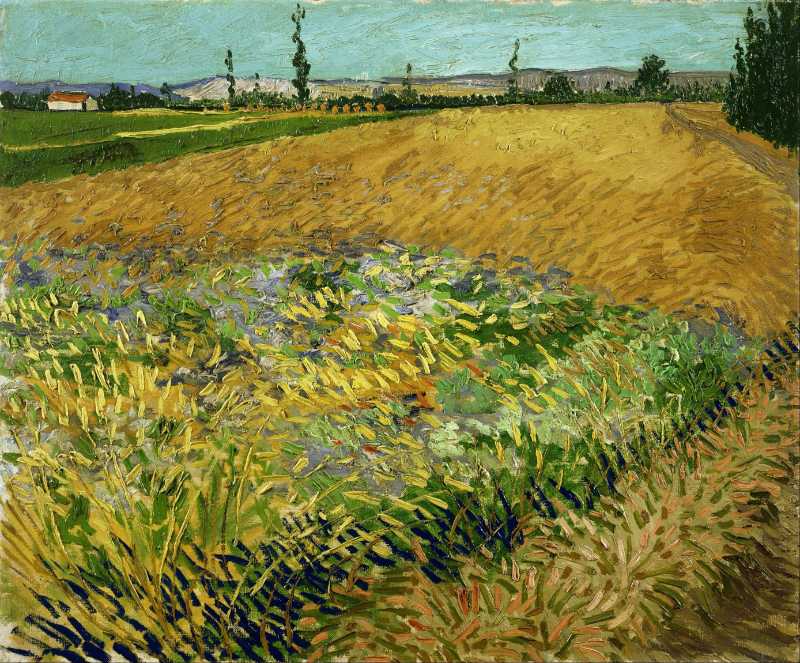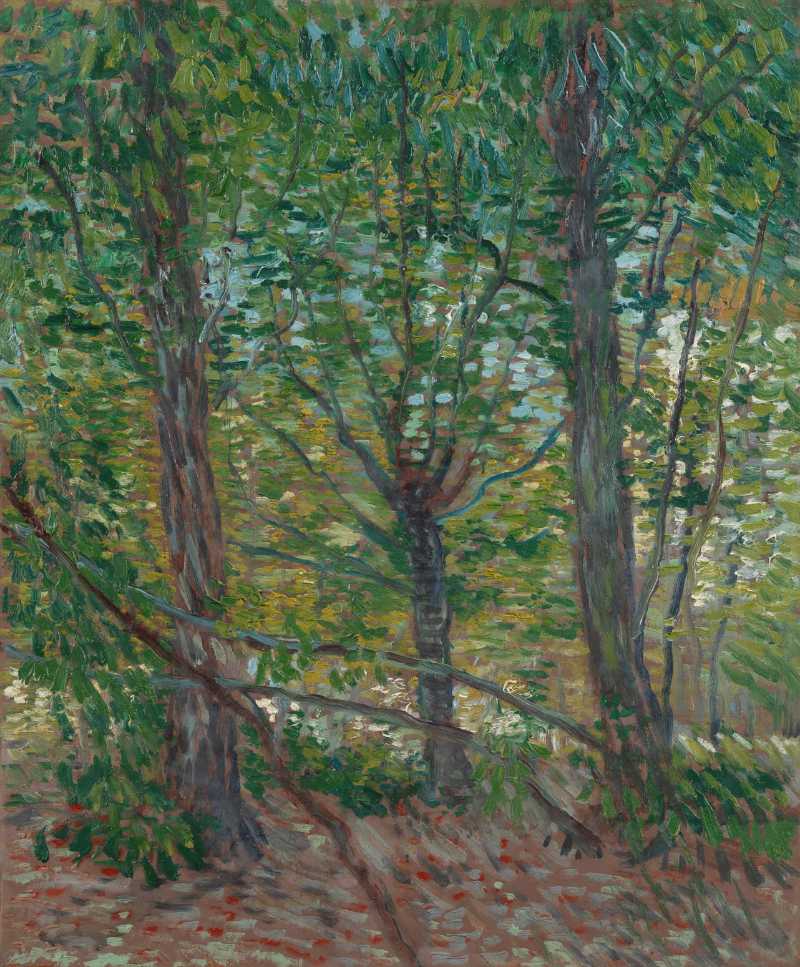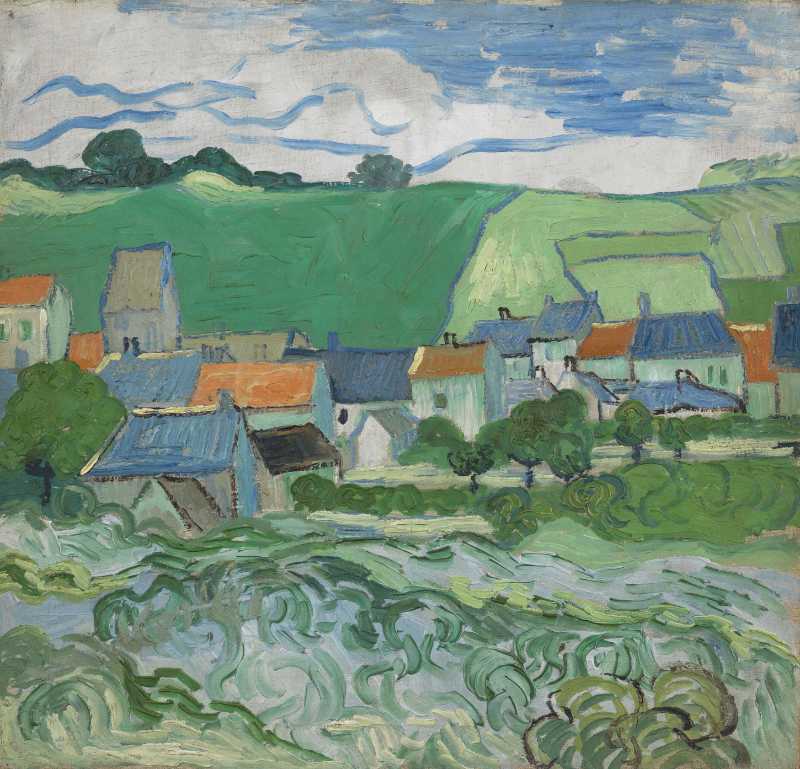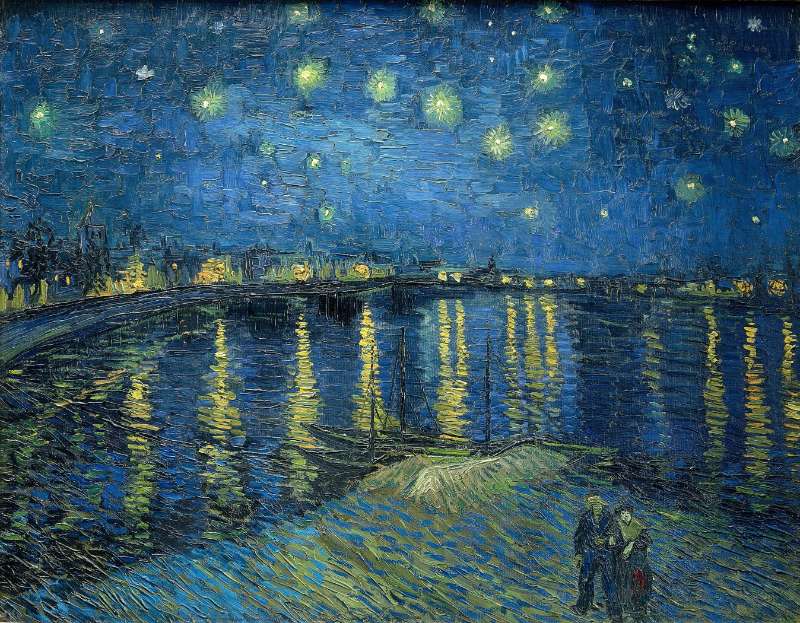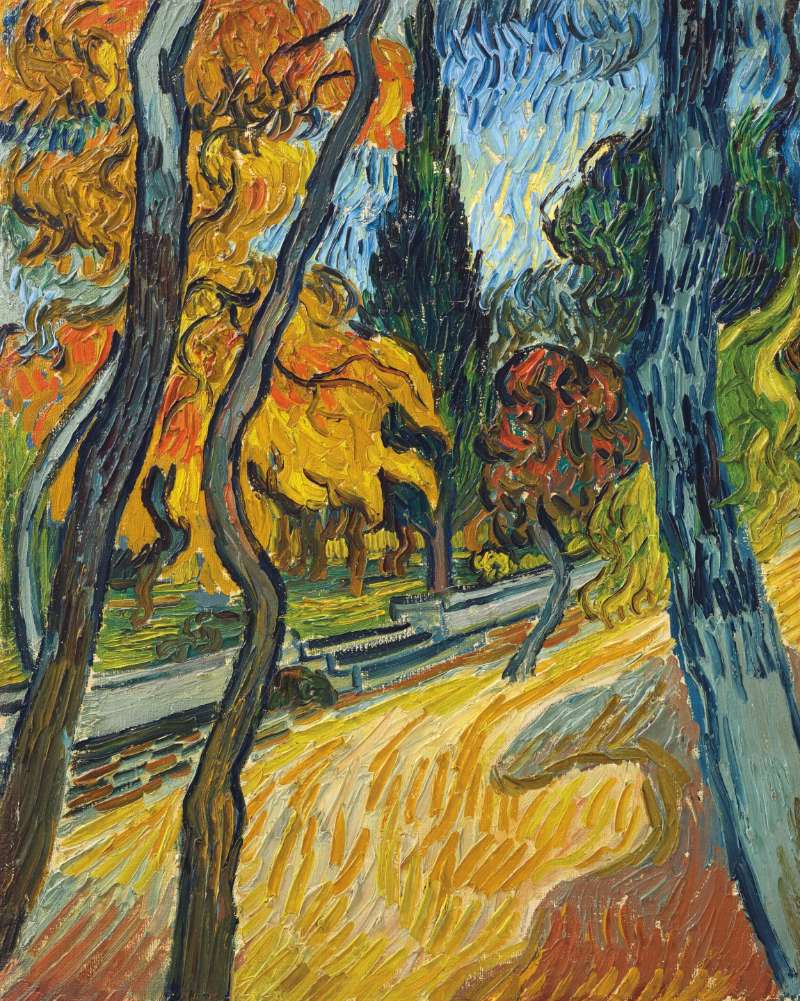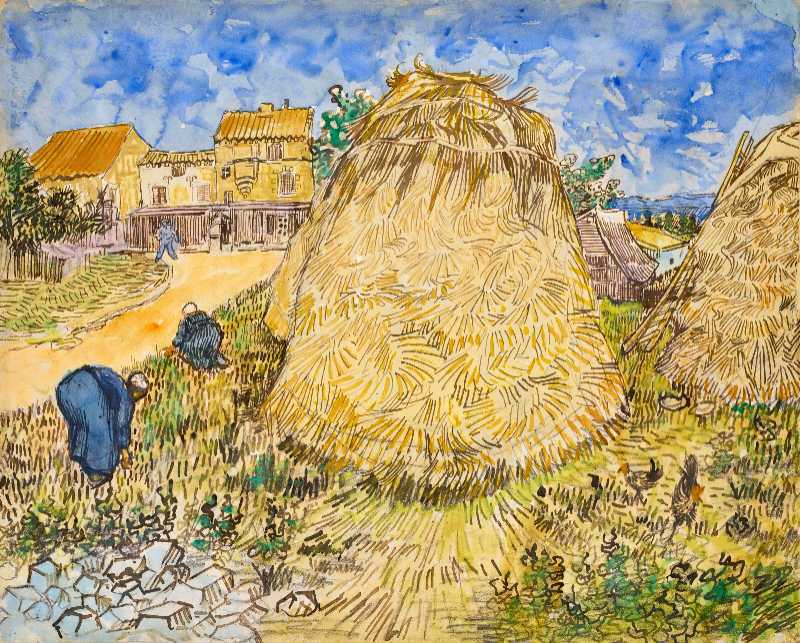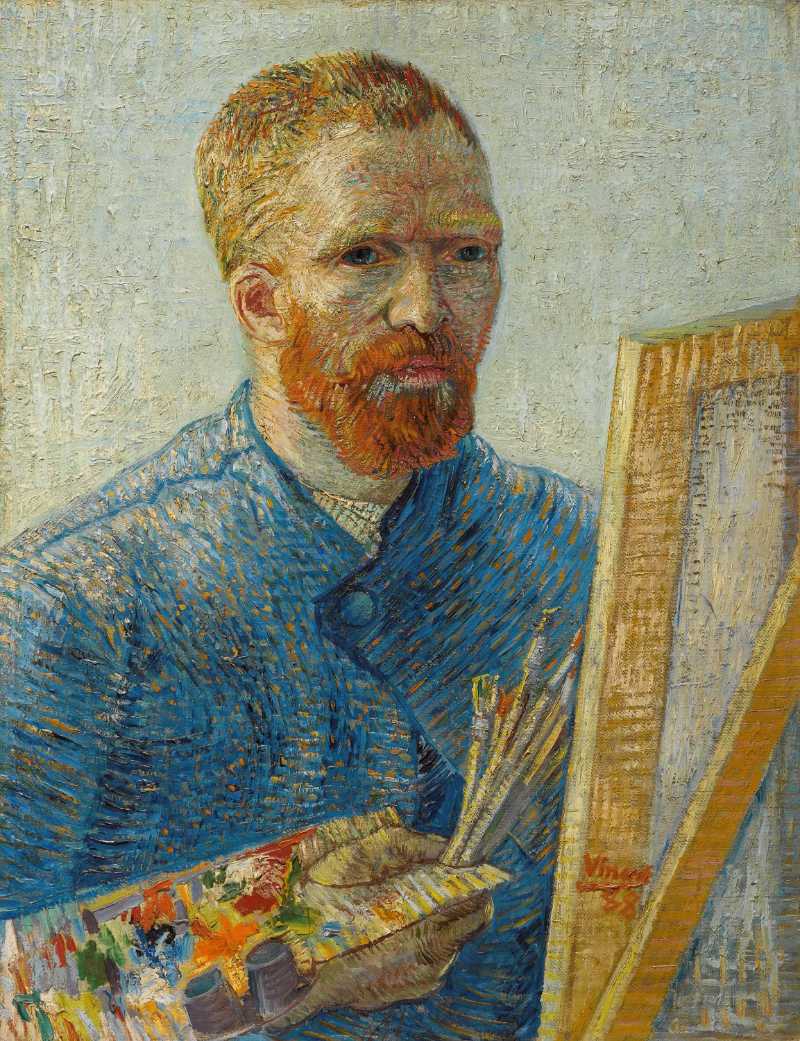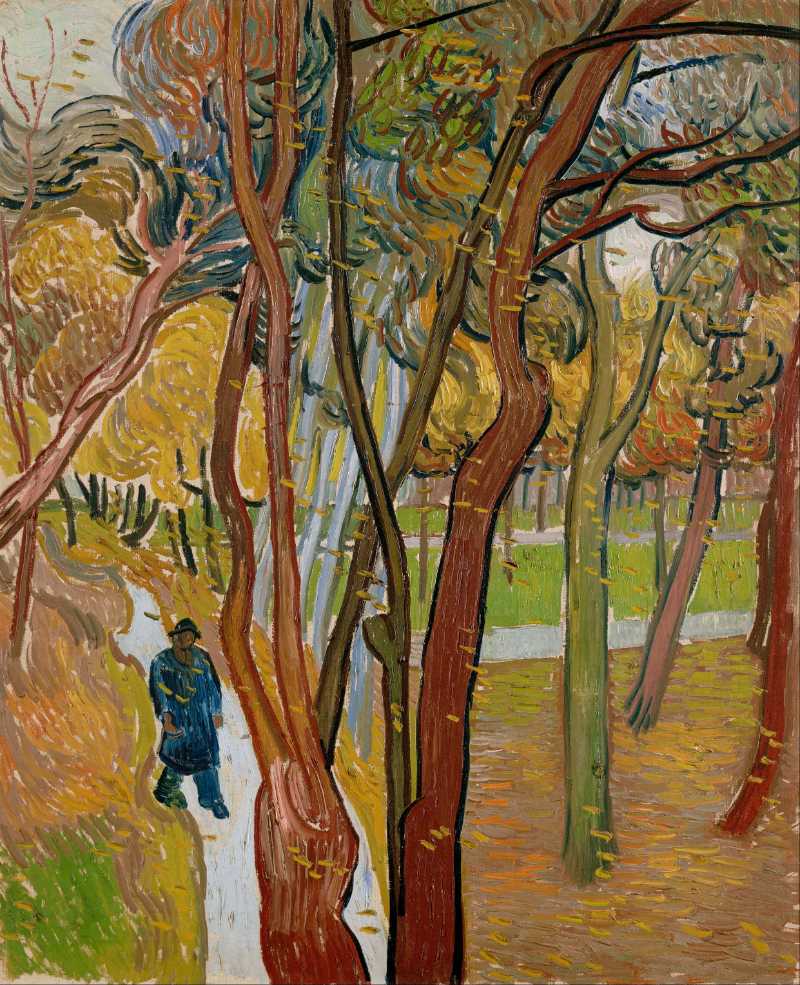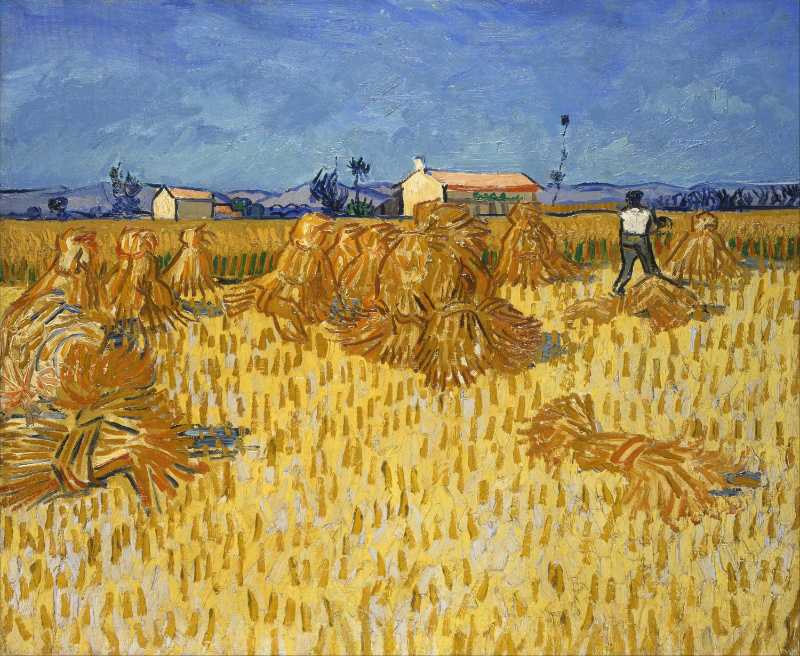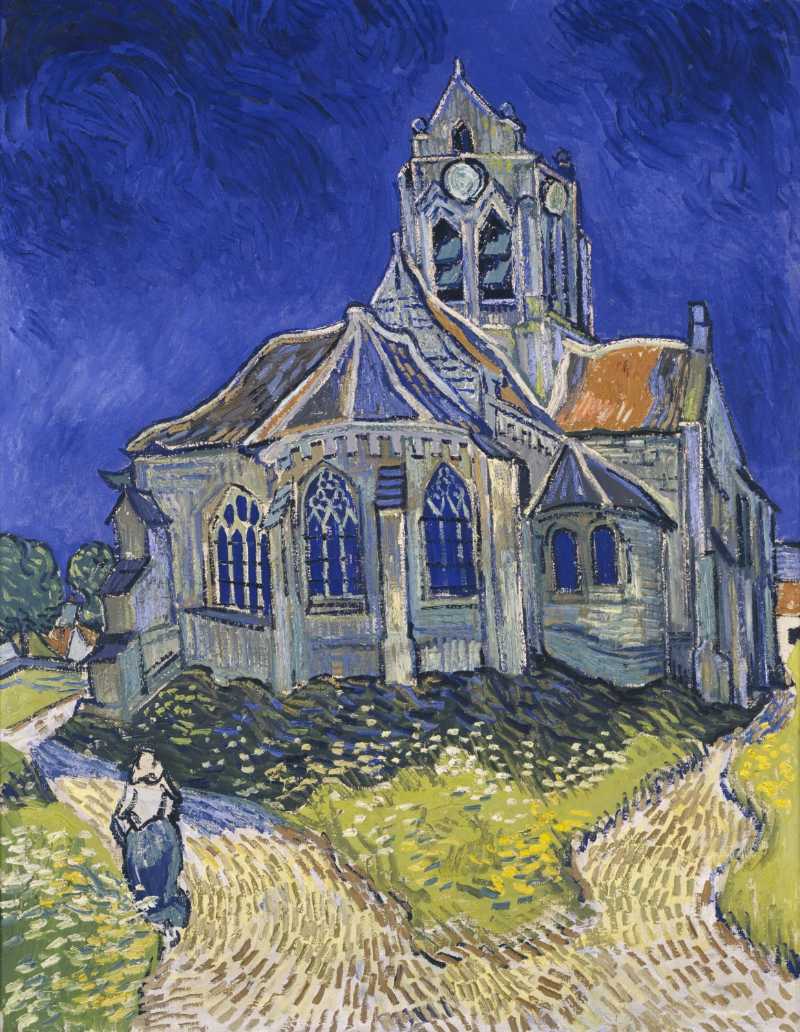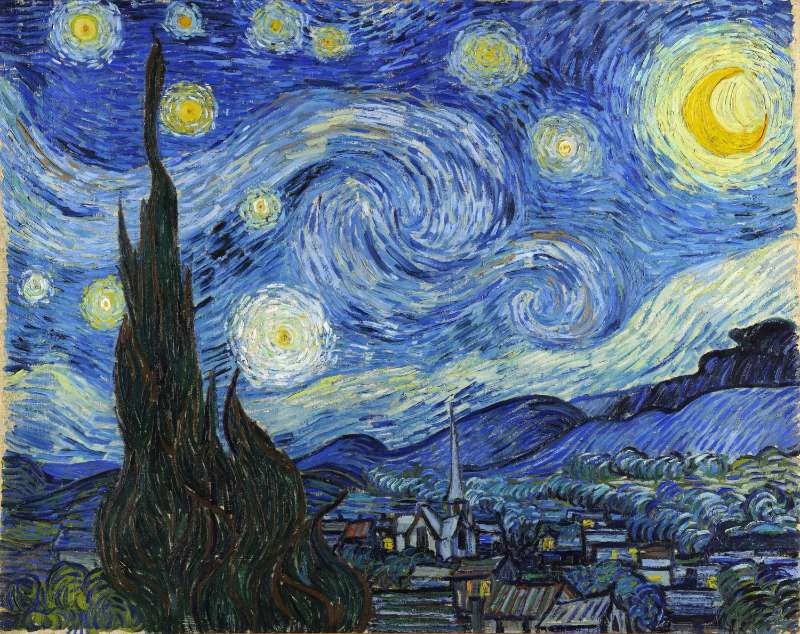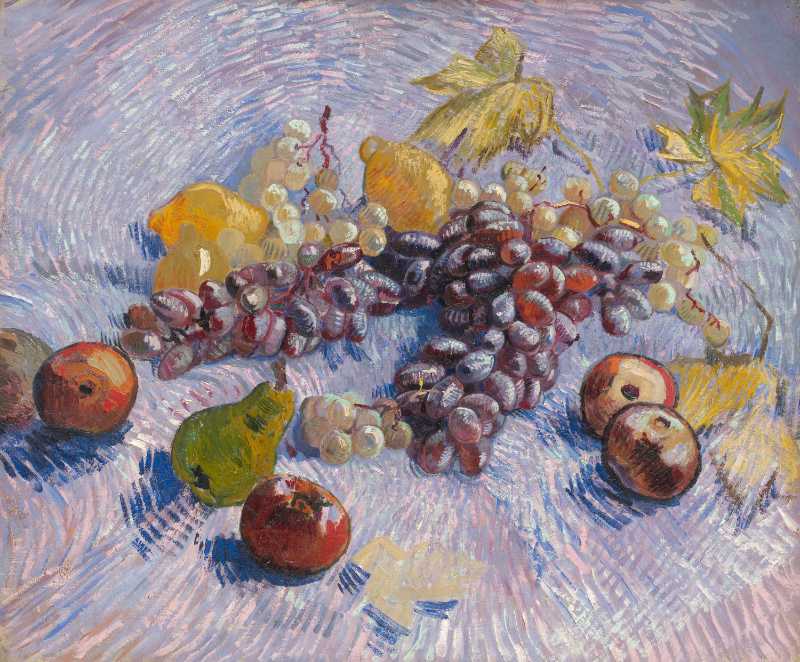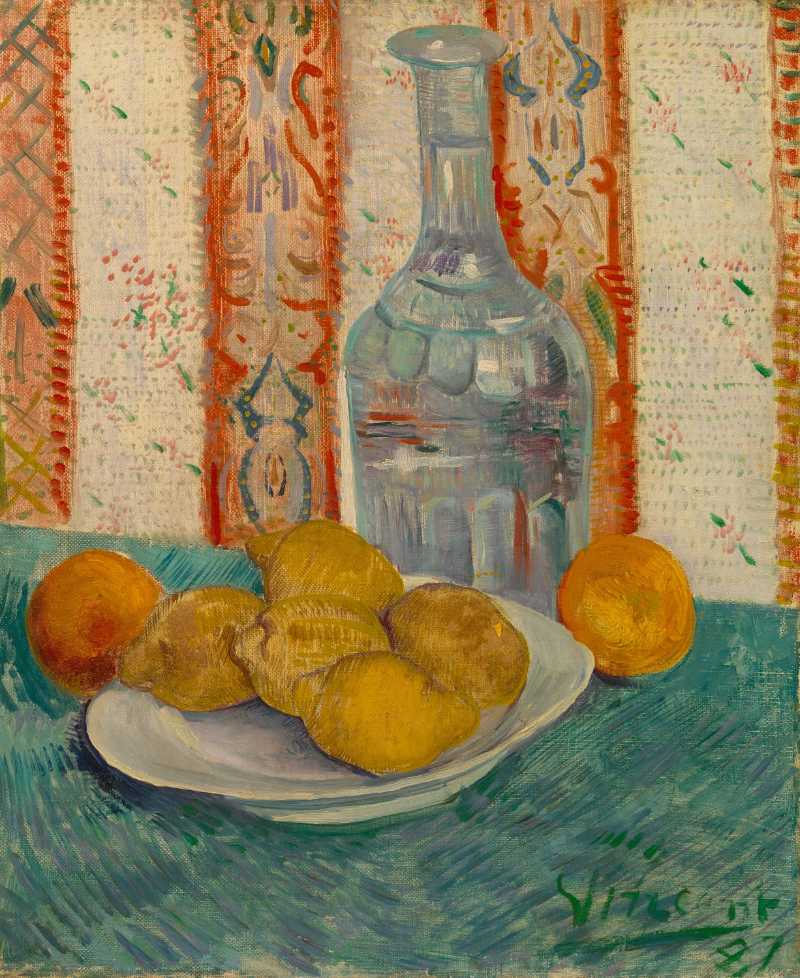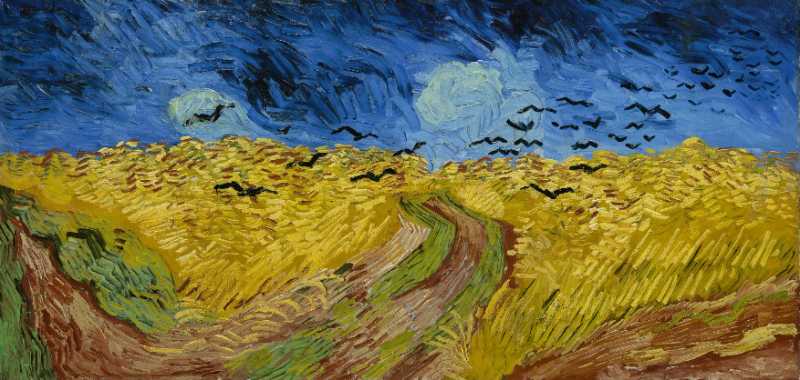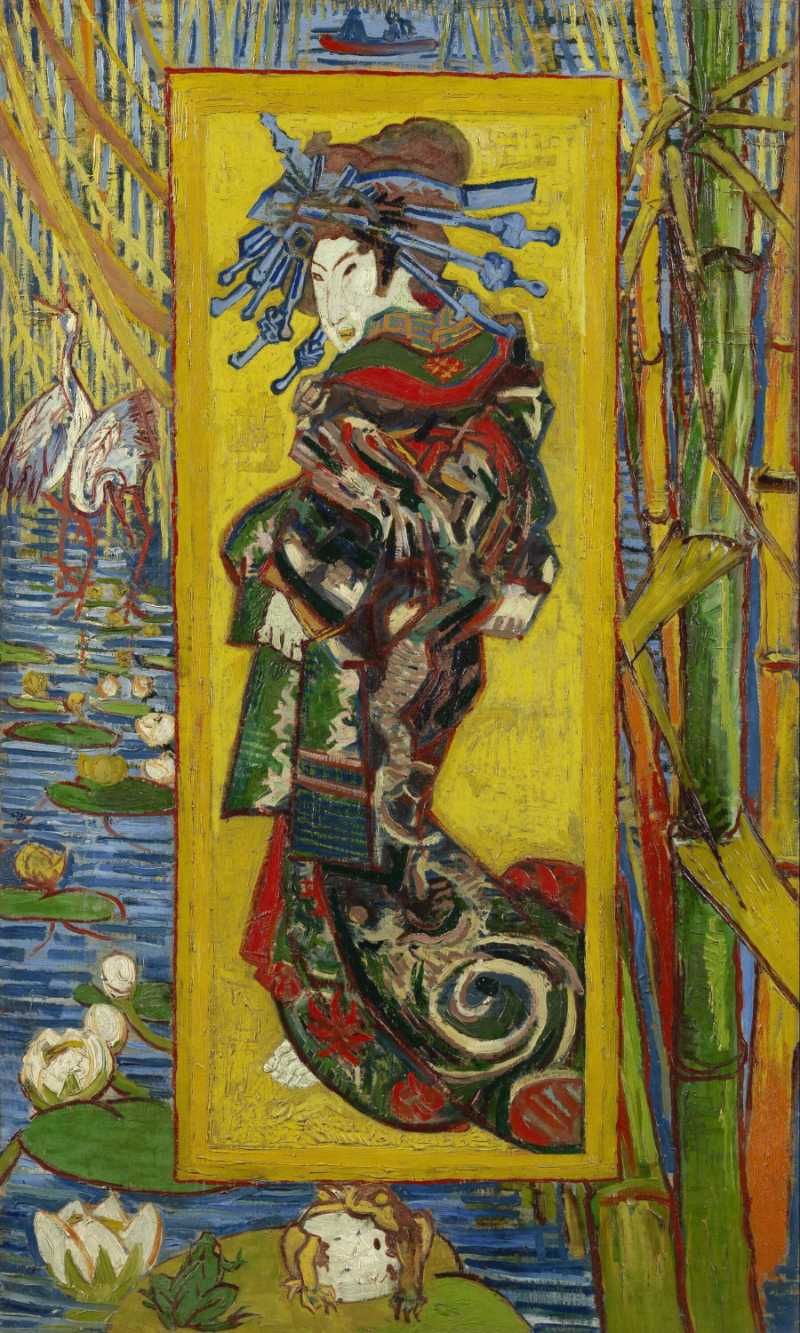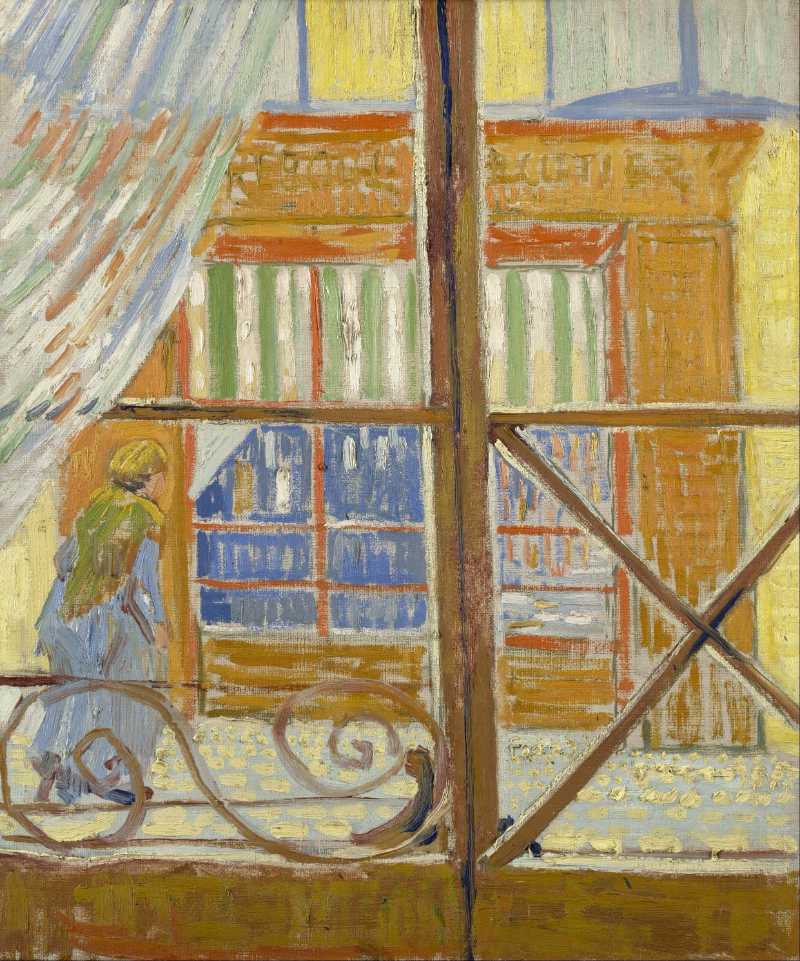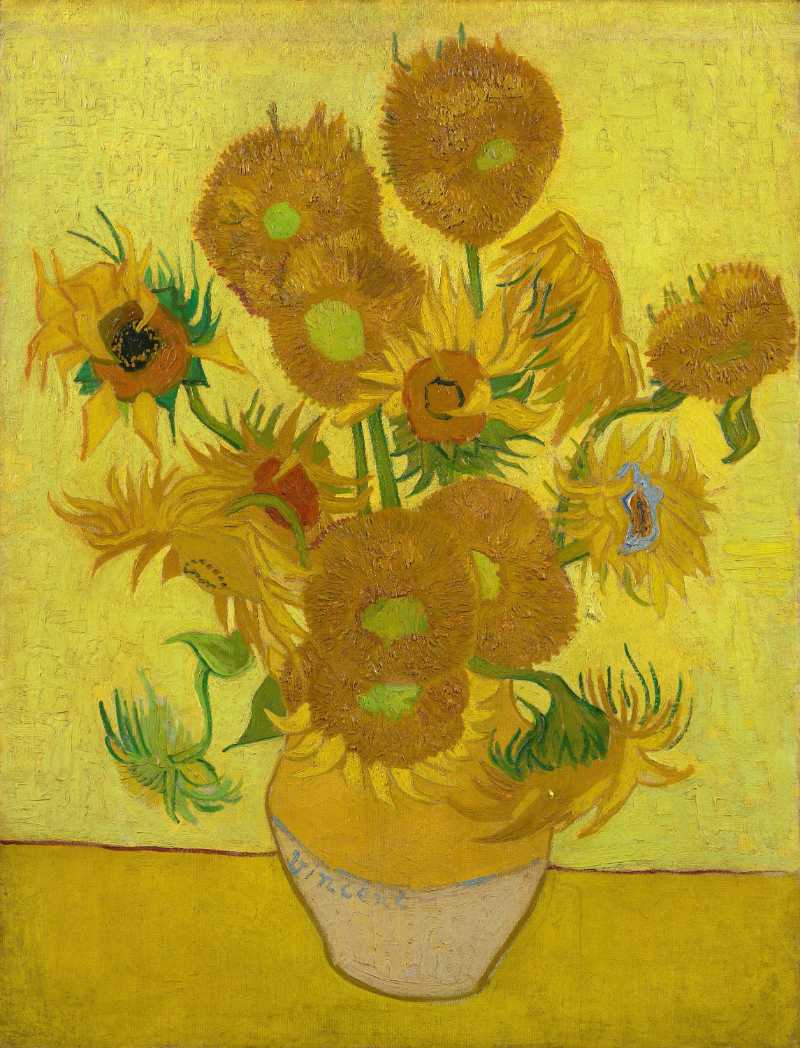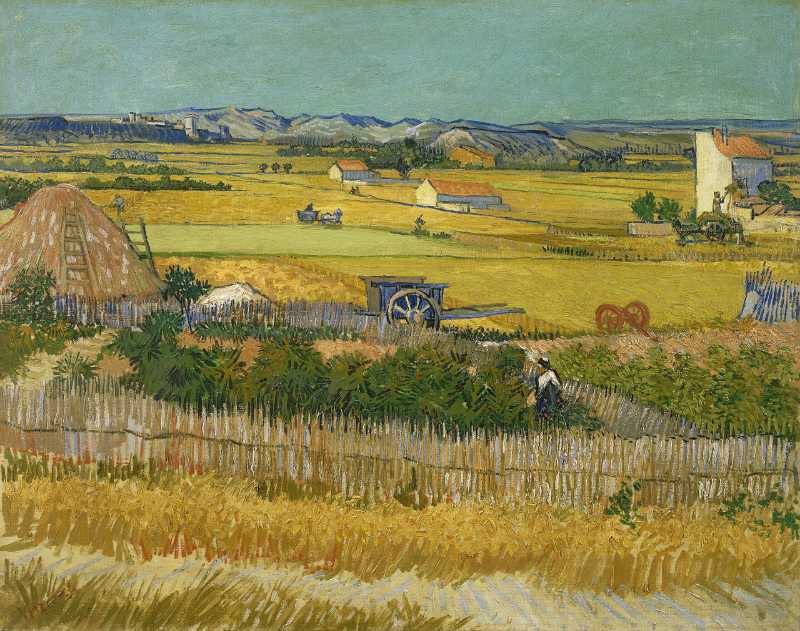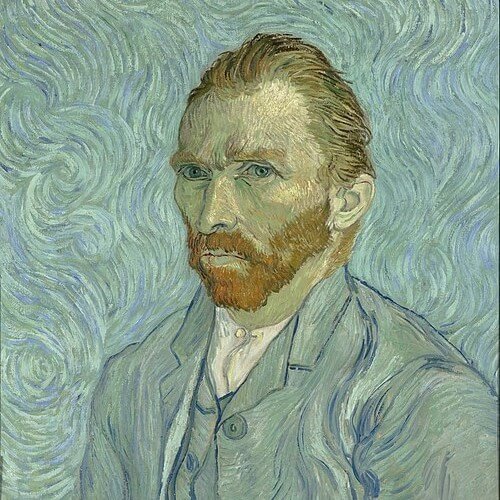
Vincent van Gogh
Vincent Willem van Gogh was a Dutch post-Impressionist painter and one of the most famous and influential figures in the history of Western art. In just over a decade, he created about 2,100 artworks, including about 860 oil paintings, most of which were created in the last two years of his life. His works include landscapes, still lifes, portraits, and self-portraits, most of which are characterized by bold colors and dramatic brushstrokes, contributing to the rise of expressionism in modern art. It was not until Van Gogh committed suicide at the age of 37 that his work began to attract critical attention. Only one of his paintings, "The Red Vineyard", was sold during Van Gogh's lifetime.
Born into an upper-middle-class family and began painting as a child, Van Gogh had a serious, quiet, and thoughtful personality, but showed signs of mental instability. As a young man, he worked as an art dealer and traveled frequently, but became depressed after being transferred to London. He converted to religion and served as a missionary in southern Belgium. Later, his health gradually deteriorated and his life became lonely. He was acutely aware of modernist trends in art and began painting when he returned to live with his parents in 1881. His brother Theo supported him financially, and the two maintained a long correspondence.
Van Gogh's early works were mainly still lifes and depictions of peasant workers. In 1886, he moved to Paris, where he met avant-garde artists such as Émile Bernard and Paul Gauguin, who were seeking new paths beyond Impressionism. Frustrated in Paris and inspired by the growing spirit of change and collaboration in the arts, Van Gogh moved to Arles in the south of France in February 1888 to establish an artistic retreat and commune. Once there, his paintings became brighter and he turned his attention to the natural world, depicting local olive groves, wheat fields, and sunflowers. Van Gogh invited Gauguin to join him in Arles and eagerly anticipated his arrival in late 1888.
Van Gogh suffered from mental illness and paranoia. He worried about his mental instability and often neglected his physical health, skipped meals, and drank heavily. His friendship with Gauguin ended after a conflict with a razor, when he cut his left ear in a rage. Van Gogh spent time in mental hospitals, including a stint in Saint-Remy. After his release, he moved to the Auberge Ravoux in Auvers-sur-Oise, near Paris, where he was treated by homeopathic physician Paul Gachet. His depression persisted, and on July 29, 1890, he died from a revolver shot to the chest.
Van Gogh's work began to attract critical attention in the last year of his life. After his death, his art and life story captured the public's imagination as a symbol of misunderstood genius, thanks in large part to the efforts of his widowed sister-in-law, Johanna van Gogh-Bonger. His bold use of color, expressive line, and thick application of paint inspired avant-garde art groups such as the Fauves and German Expressionists in the early 20th century. Over the next few decades, Van Gogh's work achieved widespread critical and commercial success, and he became an enduring symbol of the tortured artist's romantic ideals. Today, Van Gogh's works are among the most expensive paintings sold in the world. The Van Gogh Museum in Amsterdam celebrates his legacy with the largest collection of Van Gogh's paintings in the world.
